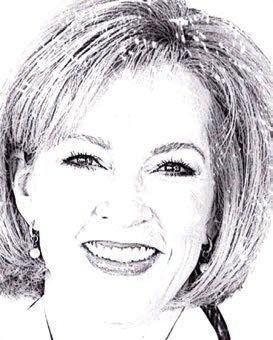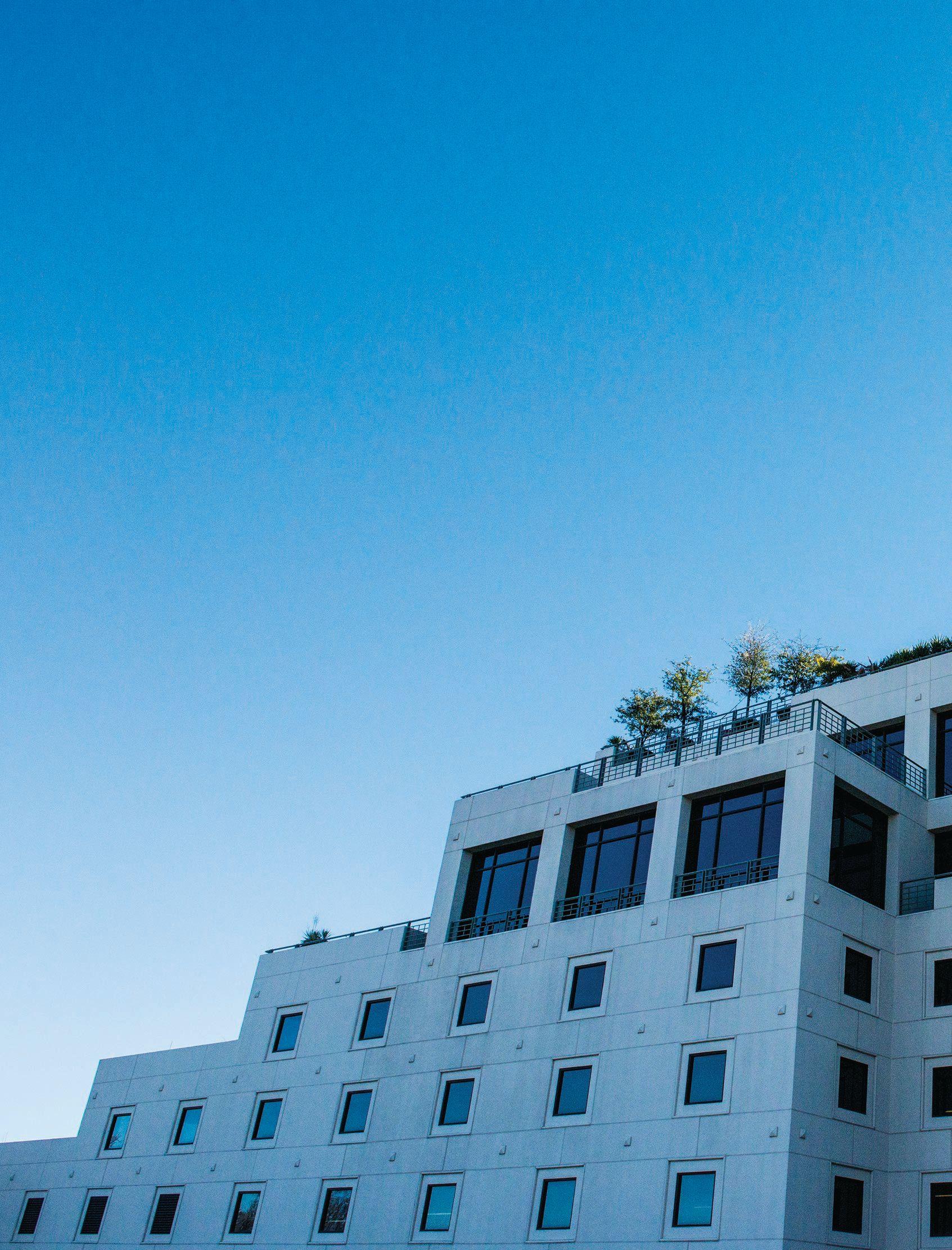
4 minute read
WHERE IN THE HOLL W ARE WE?
Examining the undefined boundaries of our neighborhood
STORY BY EMILY TOMAN — PHOTOS BY DANNY FULGENCIO
THERE IS NO OFFICIAL MAP OF PRESTON HOLLOW — not since the two-square-mile makeshift municipality was annexed to the city in 1945. But we know the neighborhood by its sprawling estates, bar-ditch roads, upscale shopping and famous residents. When former President George W. Bush moved to Daria Place in 2009, suddenly everyone knew Preston Hollow. But where is it, really? And, if geographical boundaries don’t define it, then what does?
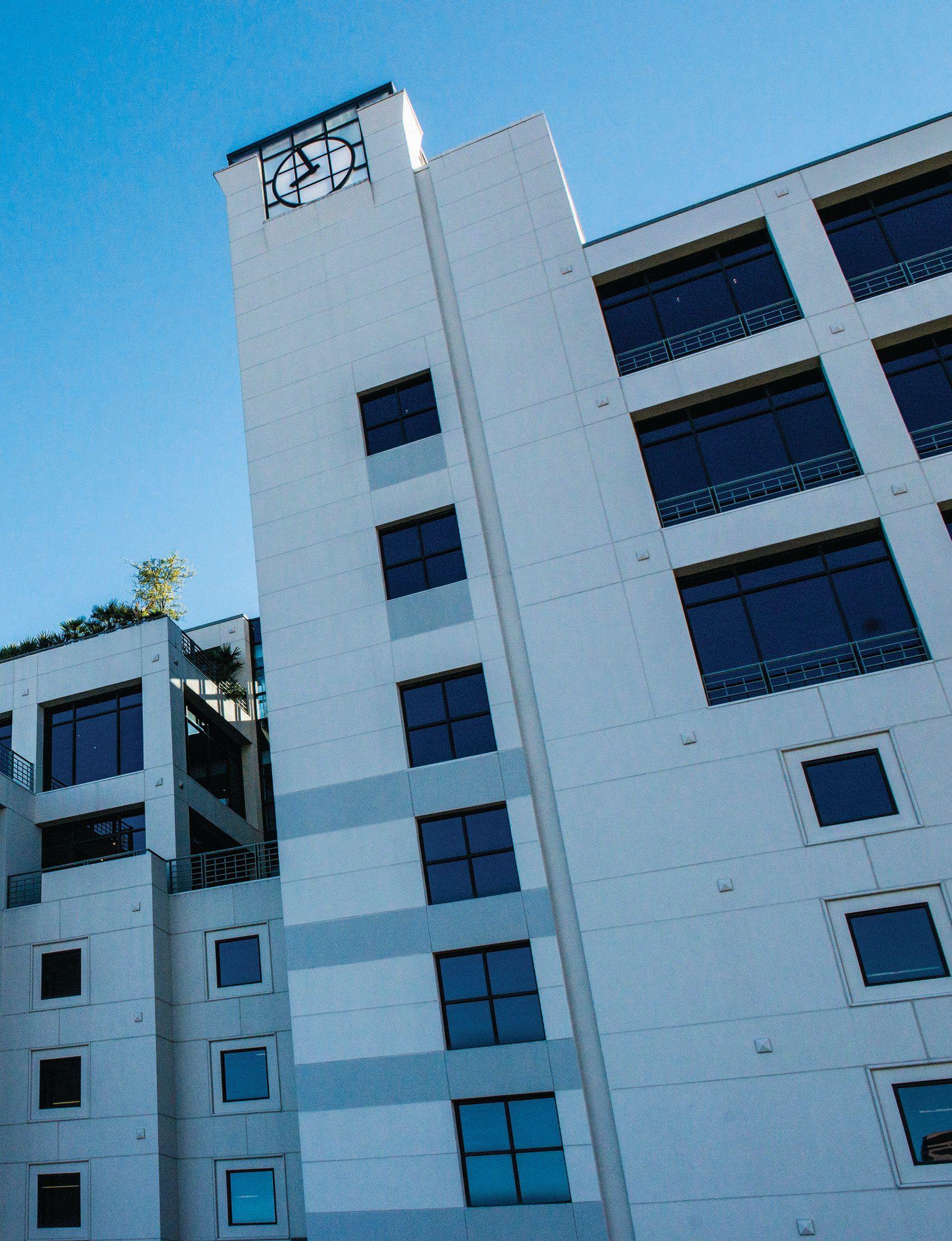
How we got here
Compared to the older, urban parts of Dallas, our neighborhood is far from historic. But there is a history, one often overlooked even by residents. After all, about half of the original ranch-style homes have been torn down and replaced by million-dollar mansions. Preston Hollow appears shiny and new.
“They have no idea,” says Lydia Player, a longtime Realtor who has lived in Preston Hollow for 30 years. “I don’t think people know the history at all.”
When Dallas began to grow in the first half of the 20th century, prospective homeowners flocked south to Oak Cliff, east to Lakewood and north to the Park Cities. Then came Ira DeLoache, a cigarette salesman-turned-developer who in 1923 bought a 56-acre tract at the northwest corner of Preston and Northwest Highway, outside the city limits, and began platting country homes on large one-acre lots.
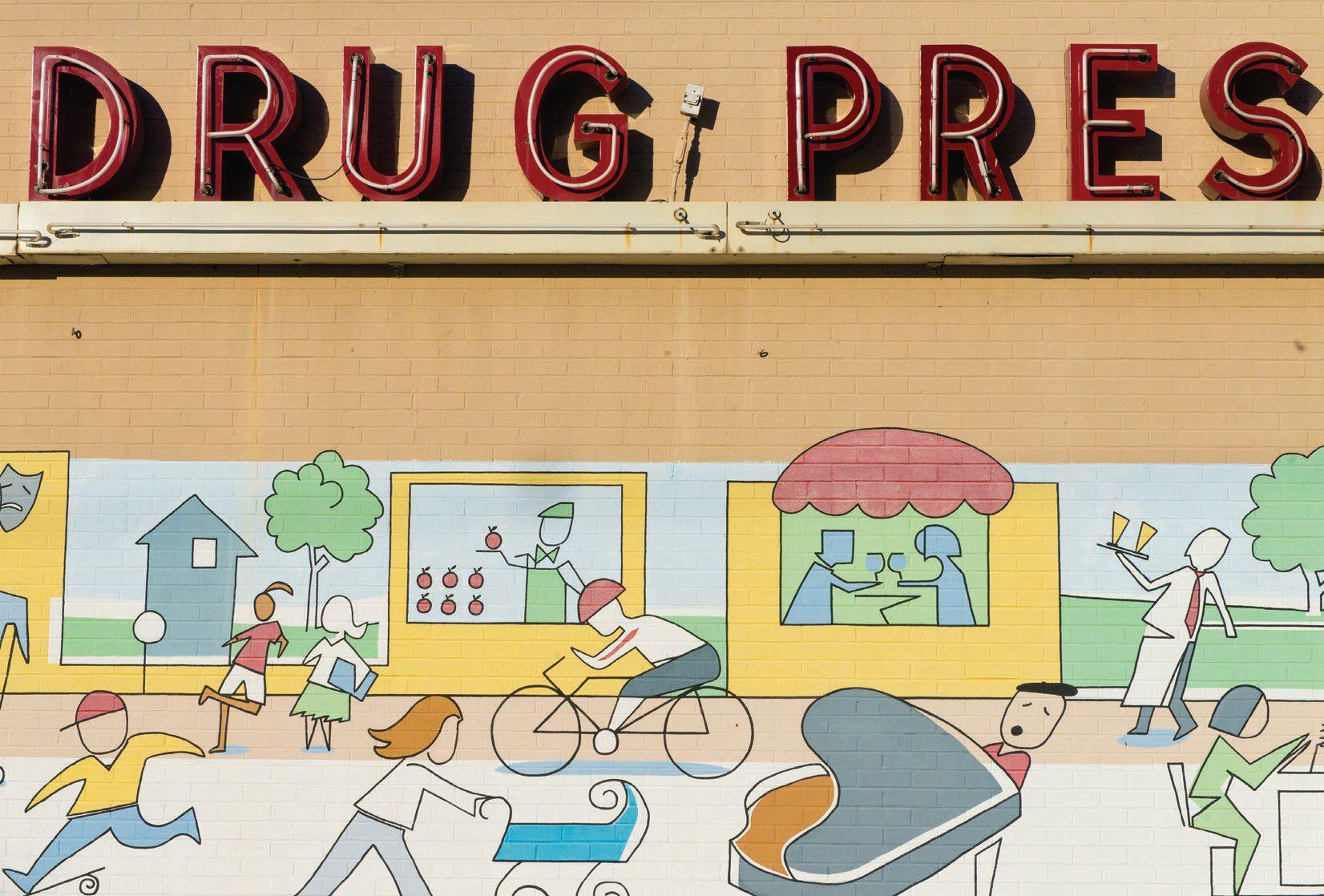
Throughout the 1930s, other well-known developers came in and built extravagant homes, some of which remain today. But according to Peter Flagg Maxson’s section in “Legacies: A History Journal for Dallas and North Central Texas” published in 2002 by the Dallas His- torical Society, Preston Hollow’s early residents constituted more than wealthy landowners.
“While today Preston Hollow has a very wealthy populace, historically it was more mixed economically,” Maxson writes.
“There were unquestionably some very wealthy people living there with mansions, Packards, private schools and debutante daughters. But there was also a thriving middle class who built three-bedroom homes, sent their children to public schools and drove Studebakers.” By the late 1930s, continued development prompted the need for city services, which the area could not receive being located so far outside the city limits of Dallas. There was no zoning, no police or fire departments, no garbage collection. Preston Hollow residents also valued their independence, Maxson notes. In 1939, they voted to incorporate, and Preston Hollow became its own city with 887 residents covering about two square miles.
The uneven boundaries extended roughly from Northwest Highway to Walnut Hill and Meadowbrook to Preston, along with a small area that jutted to the east. It also included what is known as Briarwood just south of Northwest Highway and west of Inwood.
City Hall was established at the white frame house still standing today at Preston and Northwest Highway, now serving as an office for Ebby Halliday Realtors. It also was the site of the town’s only stoplight. The first orders of council business included a zoning ordinance, limitations on horse stables and lot size restrictions. However, the town never produced enough revenue to provide the services it originally sought, functioning almost entirely on volunteers.
In 1945, amid opposition from some residents who did not want to pay property taxes, the major- ity voted to absorb Preston Hollow into the City of Dallas.
Development surged through the 1950s and ’60s but eventually, so did redevelopment. Maxson laments the teardown trend, writing, “With each demolition, significant links with early Preston Hollow are lost.”
What attracted the original residents, though, still proves true for today’s homeowners. People like the suburban country feel, the large lots, wooded creeks and tall trees. Add the convenient access to shopping and freeways, and you’ve got some of the most valuable land in the city — where bulldozing a mid-century modern house is met with a shrug.
“You’ve got a lot of teardowns,” says Dallas City Councilman Lee Kleinman, who lives in one himself, off Northaven. “That would not be tolerated as much in East Dallas. You don’t get that here.”
A few major works have been preserved, such as the Crespi Hicks estate, originally constructed in 1939 for an Italian Count, at 5555 Walnut Hill. Preston Hollow also boasts many modern homes from Frank Lloyd Wright’s only residential project at 9400 Rockbrook, built in 1958, to Lionel Morrison’s starkly contemporary home at 5753 Berkshire, built in 2003.
While these days Preston Hollow may not be known as historic, its architecturally significant homes have become its chief identifier. But it still leaves the nagging question: Where is Preston Hollow? It depends on whom you ask.
Where we are
The annexation of Preston Hollow came just in time for the post-World War II movement that attracted homeowners to the suburbs. As Dallas continued to grow north, the boundaries of the original Preston Hollow became somewhat lost.
“I think the whole expansion started because the property values were so high, and more people wanted to be a part of that,” says Lori Sparks, a Virginia Cook Realtor and lifelong neighborhood resident.
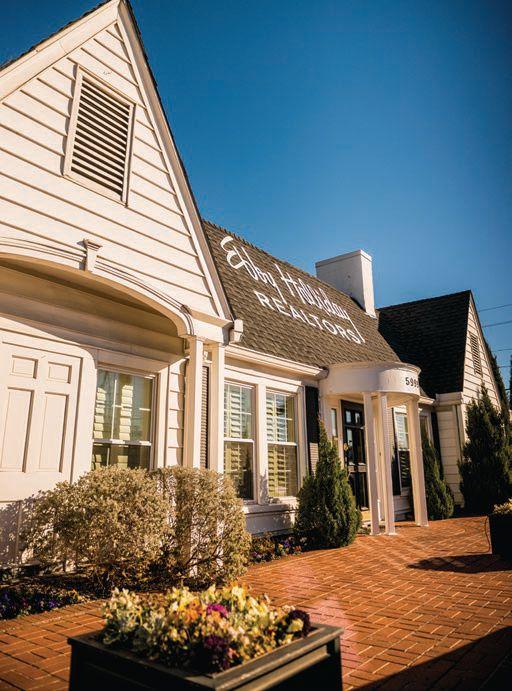
Growing up in the 1970s in Russwood Acres, off Inwood between Royal and Northaven, Sparks says no one even called the neighborhood “Preston Hollow” — not even those in the original core farther south.
“Back then, we’d say North Dallas,” Sparks says. “We wouldn’t say ‘Preston Hollow.’ It’s become very chic because of the estate properties.”
Those sites lie within the area identified as Old Preston Hollow: Northwest Highway to Walnut Hill and Preston to Midway. Purists might say this is Preston Hollow and other geographic boundaries
LET’S ASK THE EXPERTS: WHERE IS PRESTON HOLLOW?
LORI SPARKS is a Realtor for Virginia Cook and a lifelong neighborhood resident. She grew up in Russwood Acres near Royal and Inwood and graduated from Hockaday.
